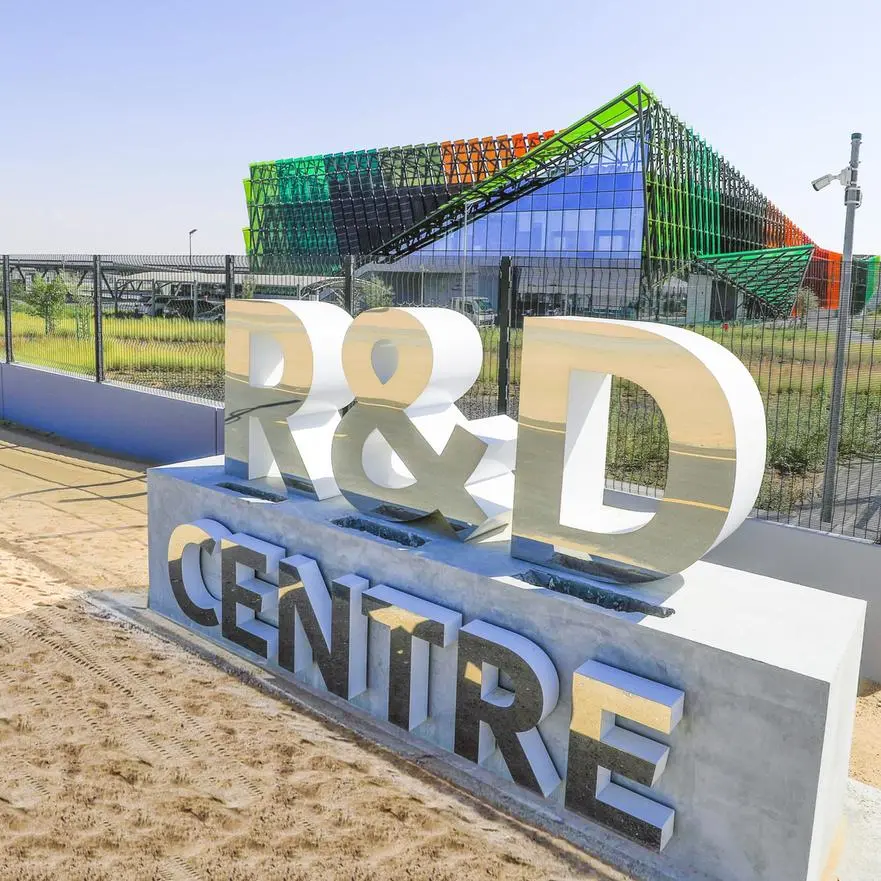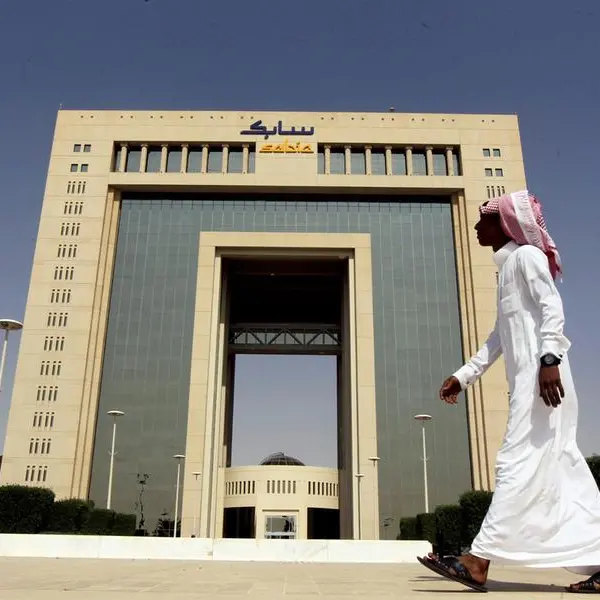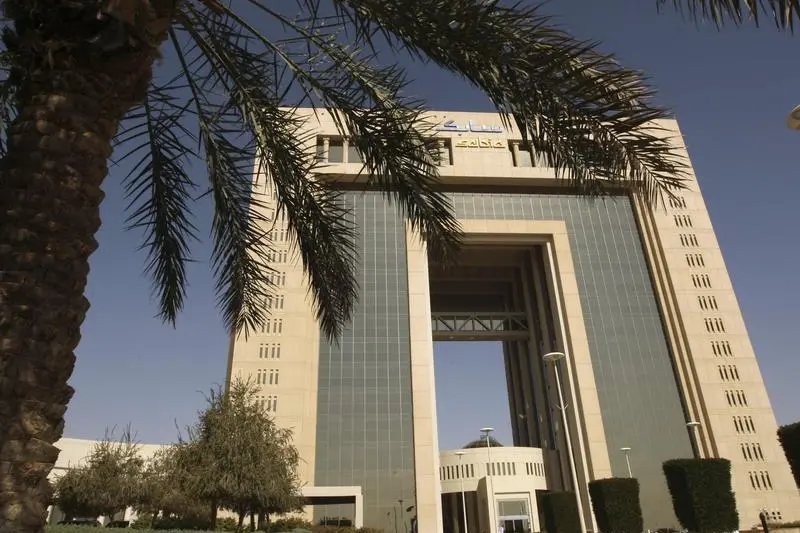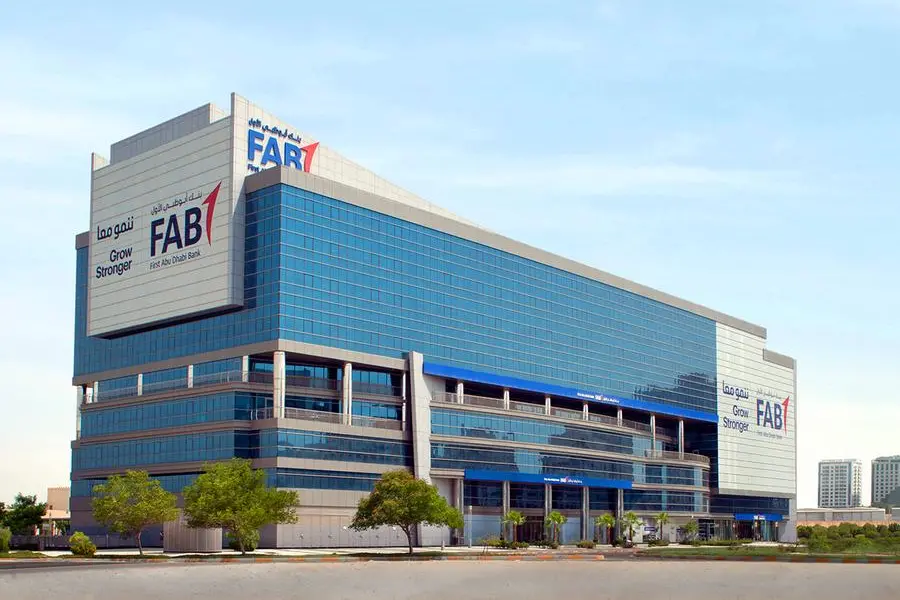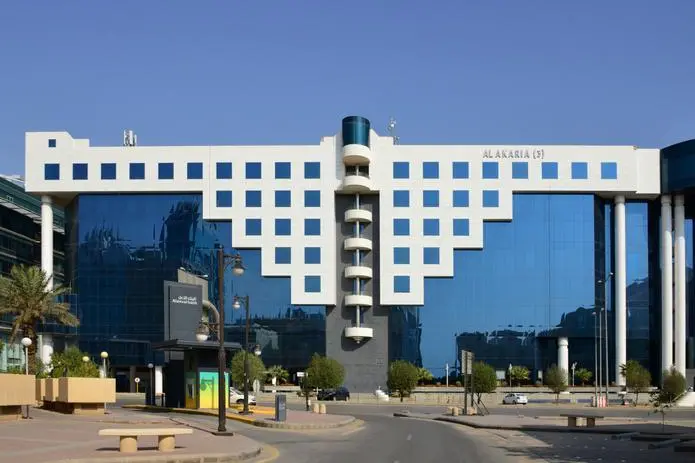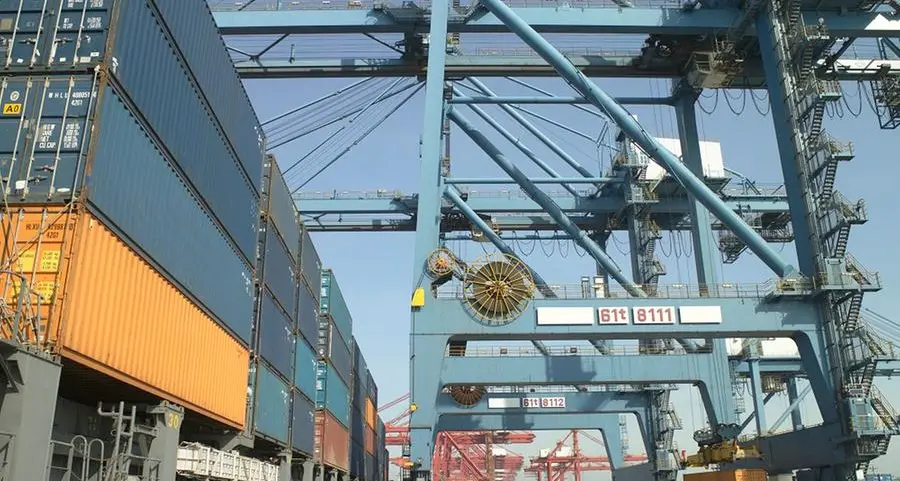MUSCAT -- Senior officials representing Oman's disaster management machinery attended a key presentation here on Wednesday highlighting the importance of virtual reality simulation in bolstering the Sultanate's capabilities in dealing with potential civil emergencies. The presentation, held at the Golden Tulip Seeb, was hosted by Florida, USA-based ETC Simulation in collaboration with its local Omani partner Beta Scientific Instruments.
Attending the hour-long talk were officials on the frontline of Oman's Accident & Emergencies (A&E) and disaster management infrastructure, representing the Royal Hospital, Khoula Hospital, Sultan Qaboos University Hospital, Royal Oman Police Ambulance Service, Civil Defence and Ministry of Defence. It was the first such presentation of its kind to be held in the Sultanate, spotlighting a cutting edge disaster management training tool that has been embraced by civil defence authorities in a number of major cities around the world, according to Marco van Eijngaarden, President of ETC Simulation.
The Advanced Disaster Management Simulator (ADMS) is a virtual reality simulator that offers true-to-life simulation of emergencies, disasters, resources and people. A number of scenarios, says van Eijngaarden, cannot be trained as a live experience because of issues like security, safety and environmental factors. Other constraints, such as availability of resources, personnel, budget and time, also make it difficult for disaster management personnel to train for certain situations.
With the assistance of virtual reality simulation, disaster management agencies can offer realistic and challenging training, whenever and wherever required without the drawbacks of live training, van Eijngaarden explained. ADMS based training can optimally prepare emergency personnel for live exercises and real world incidents, he noted. ADMS is an Incident Command and Vehicle Operation platform for training of, among others, incident commanders, emergency operations centre staff, firemen, police, medical personnel, and personnel of emergency management departments.
High-fidelity 3D-visualisation with directional sound of the environment, threats, citizens and emergency response services combine to present a convincing representation of the real world, providing an authentic training environment. To further enhance the involvement of participants in the simulated training exercise, the ADMS system also comes equipped with immersive visual displays, scent simulation, vehicle controls and cabs and motion platforms.
ADMS systems are now in operation at 35 locations around the world, including the United States, United Kingdom, Germany, Austria, and the Netherlands. Several major US cities, including New York and Los Angeles, have deployed virtual reality simulators for the training of their emergency personnel. So have Saudi Arabia's civil defence authorities, which have three ADMS based system currently installed, the presenter said.
Emergencies scenarios that can be simulated by ADMS include warehouse fires, city centre disasters, emergencies triggered by severe weather events such as rainstorms, highway and subway incidents, aircraft crashes, airplane refuelling mishaps, fuel farm fires, incidents involving hazardous material, ship fires at port, infectious disease outbreaks on cruise ships, and so.
According to Sanjeev Karajgi, General Manager of Beta Scientific Instruments, which represents ETC Simulation in the Sultanate, talks are now under way with a number of local agencies for the supply of virtual reality simulators to help meet their disaster management training requirements.
By Conrad Prabhu
© Oman Daily Observer 2010

